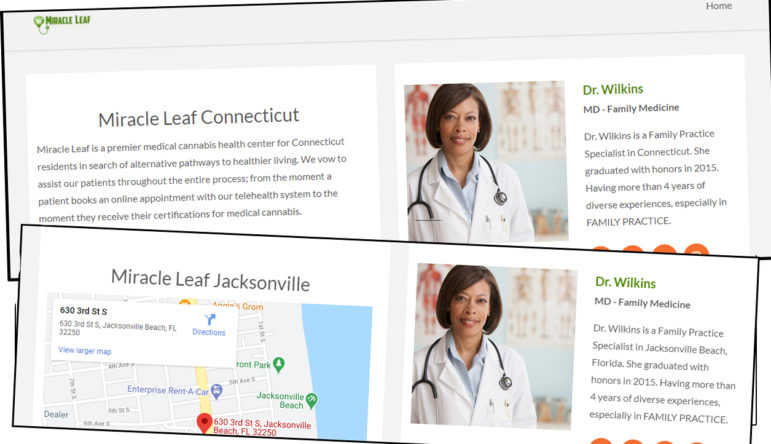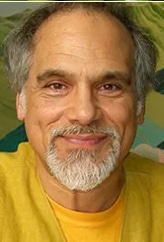
Excerpts from two medical marijuana websites list the same “Dr. Wilkins” in Connecticut and Jacksonville, Fla.
Connecticut has gotten right most aspects of its medical marijuana program, but some parts are broken. Legalizing adult recreational use of cannabis can fix what’s broken and can prevent from breaking what’s fixed.

Mark Mathew Braunstein
What’s working? Its ballooning rosters of patients, physicians, and dispensaries are hallmarks of a successful program. So let’s look at those numbers.
Medical marijuana (MMJ) was legalized here in 2012. By 2015, 4,914 patients had registered. In 2017, that mushroomed fourfold to 22,279. Last June, that nearly doubled to 41,292. As of January, 49,721 total. That means one of every 75 Connecticut residents is now a registered patient.
In 2012, 13 conditions qualified a patient. By 2016, the list expanded to 17. In 2020, doubled to 38, when chronic pain of at least six months duration became a qualifying condition. Long term or…
Original Author Link click here to read complete story..

Excerpts from two medical marijuana websites list the same “Dr. Wilkins” in Connecticut and Jacksonville, Fla.
Connecticut has gotten right most aspects of its medical marijuana program, but some parts are broken. Legalizing adult recreational use of cannabis can fix what’s broken and can prevent from breaking what’s fixed.

Mark Mathew Braunstein
What’s working? Its ballooning rosters of patients, physicians, and dispensaries are hallmarks of a successful program. So let’s look at those numbers.
Medical marijuana (MMJ) was legalized here in 2012. By 2015, 4,914 patients had registered. In 2017, that mushroomed fourfold to 22,279. Last June, that nearly doubled to 41,292. As of January, 49,721 total. That means one of every 75 Connecticut residents is now a registered patient.
In 2012, 13 conditions qualified a patient. By 2016, the list expanded to 17. In 2020, doubled to 38, when chronic pain of at least six months duration became a qualifying condition. Long term or…
